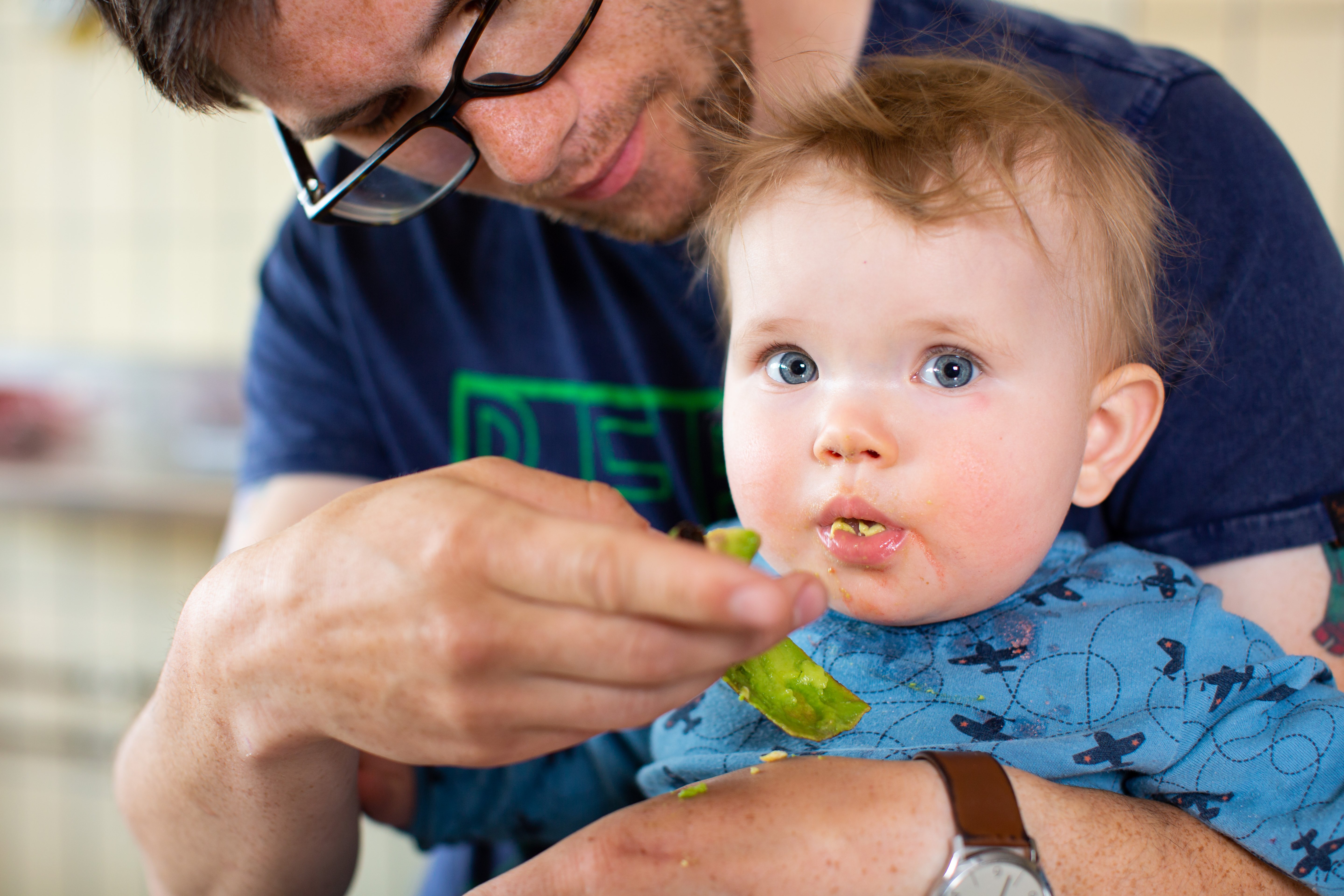Guiding parents through the initiation of complementary feeding

Having a baby makes a big change in the life of new parents. After six months, another important step has to be undertaken; the start of complementary feeding.
In the very first months of their lives most babies are exclusively fed with milk, whether they are breastfed or given infant formula, they just consumed liquids, with no lumps. It is then quite easy to understand that many parents are nervous when it comes to move on trying new food textures and flavors. When the child is around 6 months solids begin to be introduced, and whatever method of weaning is chosen, parents must be aware that now it’s a whole different ballgame.
The transition from breastfeeding to complementary feeding it is of crucial importance for the development of healthy eating behaviors in children, it is in this occasion that a child meets for the first time different flavors and begins to develop food preferences. It has been proven that an infant exposed to the aroma of a vegetable at the beginning of weaning will be more willing to accept it in his/her diet, in this time frame, offering the child a variety of foods, and introducing different textures, foster the acceptance of different flavors and foods.
Parental feeding practices have been considered to have a significant impact on infants’ food choices and consumption, it is then important, for parents, to be properly informed and guided through the complementary feeding process. Renewed guidelines, that cover this theme, will be shortly released in France by ANSES (Agence nationale de sécurité sanitaire de l’alimentation, de l’environnement et du travail). However, guidelines can often be misunderstood by mothers; this could be due to an exceeded or inappropriate communication method.
The real challenge today, in terms of health communication, it is to facilitate the access of the population to trustable and reliable sources, and beside that, to find new dissemination tools that are in line with our era.
As an early stage researcher in Edulia, I will develop effective communication tools to disseminate public health guidelines (PHG) regarding the adoption of healthy eating habits in children aged 0-3 years, then designing an intervention to evaluate the effect of PHG dissemination tools on parental feeding practices and on children’s eating behavior.
Literature
- A. Nöth, B. Schaal, P. Leathwood, S. Issanchou, and J. M. Moreno-Villares, “The lasting influences of early food-related variety i experience: A longitudinal study of vegetable acceptance from 5 month to 6 years in two populations,” Acta Pediatr. Esp., vol. 74, no. 5, p. 142, 2016.
- Nicklaus, “Complementary feeding strategies to facilitate acceptance of fruits and vegetables: A narrative review of the literature,” Int. J. Environ. Res. Public Health, vol. 13, no. 11, 2016.
- Cashdan, “A sensitive period for learning about food,” Hum. Nat., vol. 5, no. 3, pp. 279–291, 1994.
- Blissett, “Relationships between parenting style, feeding style and feeding practices and fruit and vegetable consumption in early childhood”, Appetite, Volume 57, Issue 3, 2011.
communication, ESR6, feeding, public health guidelines, veaning


